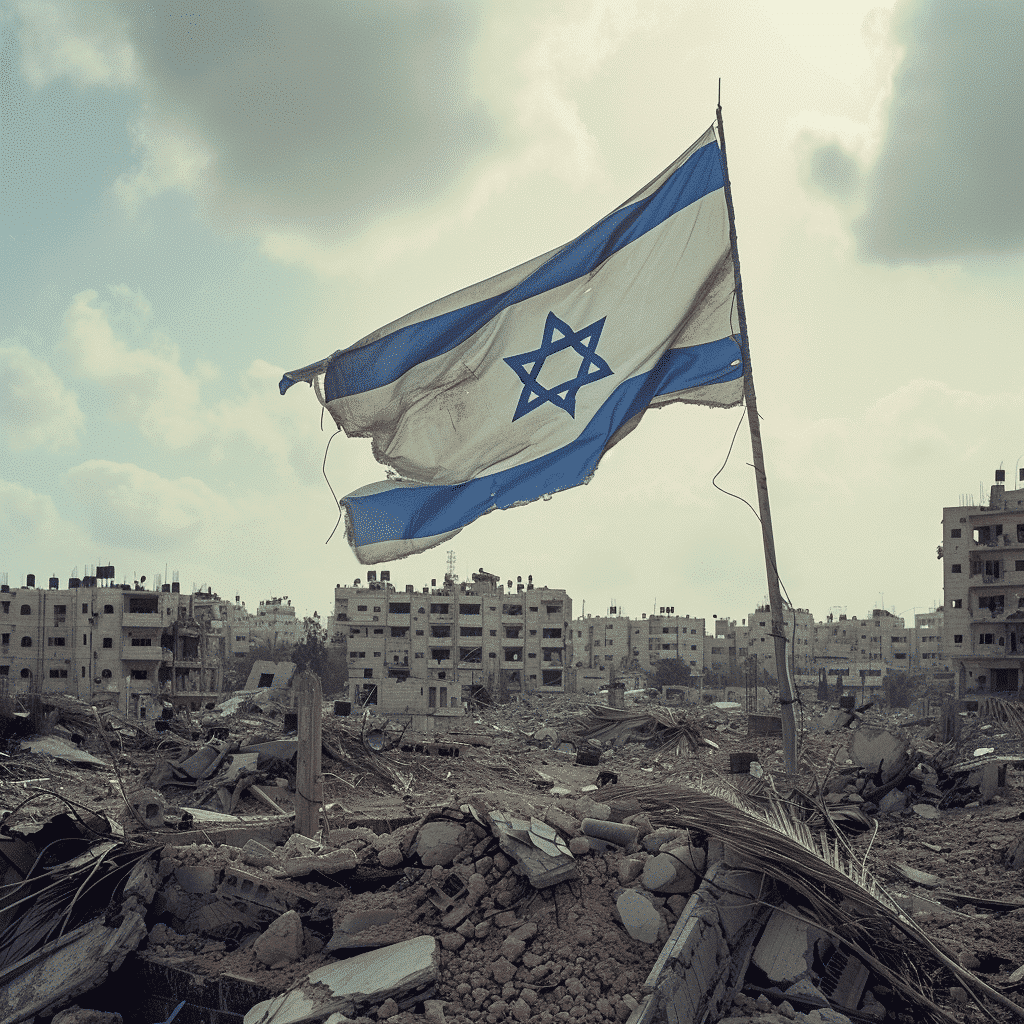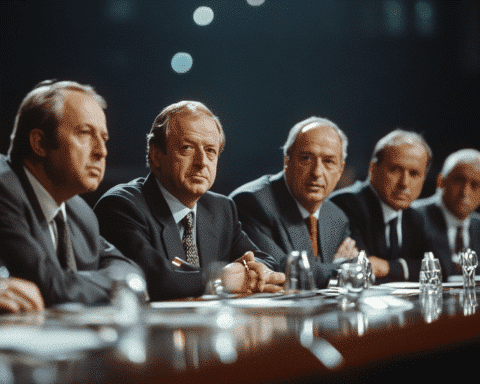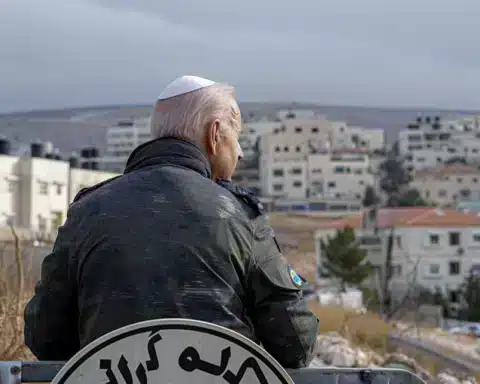In a controversial display that has become a flashpoint in the Israeli-Palestinian conflict, thousands of ultranationalist Israelis participated in an annual march through a susceptible Palestinian area of Jerusalem. This year’s event occurred amidst escalating wartime tensions. It was marked by chants such as “Death to Arabs,” stoking fears of renewed violence in a region fraught with historical and emotional significance.
A Provocative Tradition
The march, which coincides with “Jerusalem Day,” commemorates Israel’s capture of East Jerusalem during the 1967 Mideast war. Participants, gathering at the Damascus Gate—a central hub for Palestinians in East Jerusalem—voiced anti-Arab and anti-Islamic slogans, exacerbating the already high wartime tensions. The area, revered by both communities, has been relatively calm during the ongoing Israel-Hamas conflict, making the actions of the marchers exceptionally provocative.
Clashes and Arrests
Tensions escalated quickly as the march commenced, with participants clashing with the police and targeting journalists. “We arrested five individuals for hurling objects at journalists,” stated a police spokesperson, highlighting the volatile atmosphere. The march’s progression through the Muslim Quarter towards the Western Wall was heavily guarded by 3,000 security personnel, aiming to maintain order amidst the palpable unrest.
Backdrop of War
The timing of the march is critical, coming during a significant escalation between Israel and Hamas. The conflict was triggered by a Hamas attack on October 7, leading to a severe Israeli response. The scale of destruction and loss of life has been staggering, with local health officials reporting over 36,000 Palestinian casualties and significant displacement.
International and Political Dimensions
The United States has advocated for a phased cease-fire, supported by President Joe Biden. However, the Israeli government insists on a decisive end to Hamas, complicating ceasefire efforts. “Our goal is to dismantle Hamas’s operational capabilities,” an Israeli official remarked, reflecting the hardened stance of the Israeli leadership under the pressure of ongoing hostilities.
Community Responses and Reactions
As the marchers waved Israeli flags and danced through Jerusalem’s ancient streets, local Palestinian shopkeepers shuttered their businesses in anticipation of trouble. Meanwhile, counterprotests and peace initiatives, such as flower distributions by the Israeli group Tag Meir, sought to mitigate the march’s impact on Jerusalem’s diverse communities. “We hope to spread a message of peace and coexistence despite today’s tensions,” said a Tag Meir volunteer, offering a glimmer of hope amid the strife.
This year’s Jerusalem Day march not only highlights the deep-seated divisions within the region but also underscores the complexities of managing peace in a place as historically and religiously significant as Jerusalem. With both sides holding firm to their positions, the path to lasting peace remains fraught with challenges. As the international community looks on, the hope for a resolution that respects the aspirations and rights of all parties involved seems more urgent than ever.




